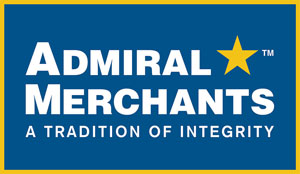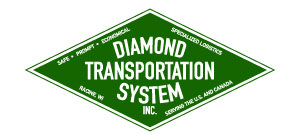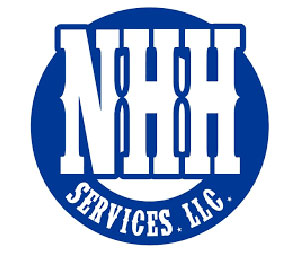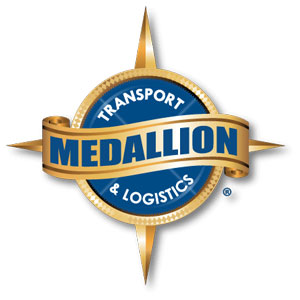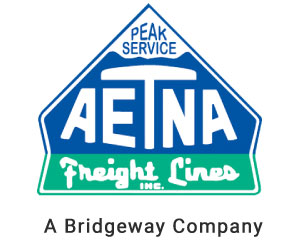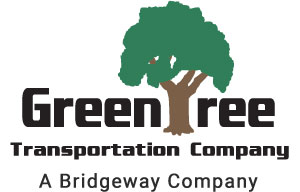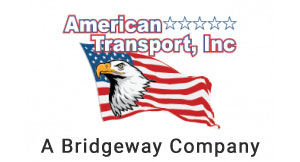What is the Difference Between a Semi-Truck and a Semi-Trailer?
When it comes to freight hauling, the type of vehicle used makes a world of difference. That said, most items are shipped using semi-trucks and semi-trailers. The combination of the two is often called an 18-wheeler or tractor-trailer. However, while these two pieces are often together, there are quite a few unique differences. So, let’s dive in and compare semi-trucks vs. semi-trailers.
What is a Semi-Truck?
A semi-truck is the actual vehicle that tows the trailer. The truck has an engine and can be driven with or without a trailer attached. Usually, there’s the cab itself and an extension that holds the trailer. Semi-trucks typically have four or six wheels, depending on their size. Truckers can use one of several types of semi-trucks, including:
- Flat Roof Sleeper – Since truckers are on the road for most of the day, they need to stop and rest on occasion. Sleeper cabs have a section with a bed, so the drivers don’t have to rent a room. Flat roof sleepers have the least headroom, and the sleeper portion is pretty basic.
- Mid-Roof Sleeper – This model is a bit higher than a flat roof truck and comes with a few extra amenities inside the sleeper compartment.
- Raised Roof Sleeper – These trucks are the most accommodating because the driver can stand up inside the cab, and the sleeping quarters have the most room. Typically, raised roof sleepers are used for long-haul trucking to help save on lodging costs.
- Day Cab – Trucks that don’t make overnight trips don’t need a sleeper compartment. So, day cabs have no extra room for the driver to rest.
What is a Semi-Trailer?
A semi-trailer is the portion of an 18-wheeler that carries all the contents. Typically, a semi-trailer consists of a standard shipping container, but quite a few different types of trailers are available. Unlike a semi-truck, the trailer can’t move on its own. When not attached to a vehicle, the trailer will sit on the front legs so that it doesn’t tip over.
Here’s a rundown of the different types of semi-trailers used:
- Lowboy Trailer – This model has a flatbed that sits below the wheels. The purpose of a lowboy trailer is to haul extra-tall equipment that may cause clearance problems.
- Reefer Trailer – Reefer is a slang term for “refrigerated.” These trailers carry cold foods and other items that need to be chilled in transit.
- Conestoga Trailer – These trailers are notable for their tarp system that can extend for the length of the bed.
- Dry Van Trailer – This model is the standard option for truckers as it uses a shipping container to haul goods.
- Removable Gooseneck Trailer – RNG trailers are similar to lowboy models, but they also have a removable gooseneck to make them easier to attach to a semi-truck.
- Stretch Double Drop Trailer – This trailer can be extended as needed to haul oversized equipment
- Multi-Car Trailer – As the name suggests, this trailer has multiple cars attached to move more freight at once.
- Sidekit Trailer – This is an open-air trailer with plywood or metal sides to help contain the contents. Sidekit trailers also have metal arches to attach tarps or canvas covers.
Which Option is Best For Your Needs?
With so many types of trailers available, it can be hard to determine the right one for your hauling needs. Here are some factors to consider before hiring a trucking service:
- Weather – If your freight needs protection from rain, snow, and other elements, you should use an enclosed trailer if possible. This option also works well to prevent wind-related incidents.
- Size – Oversized equipment and machinery can’t fit in a standard dry van. Instead, you’ll have to use a flatbed or lowboy model. Also, keep in mind that oversized pieces usually need patrol cars to carry signs and check for clearance issues.
- Terrain – Lowboy and drop trailers only work on flat surfaces. So, if you need to haul freight across uneven terrain, you should switch to a flatbed or dry van if possible.
- Contents – If you’re transporting refrigerated goods, you can only use a reefer trailer to ensure they arrive at the proper temperature.
Get Your Trucking Services From Osage Trucking
Regardless of what you’re hauling, you need to work with a trucking service you can trust. At Osage Trucking, we’ve been in business for decades, so we understand what it takes to get your freight from point A to point B. Call us today to see what options are available. We operate in the United States and Canada, and we specialize in heavy equipment.

